
Hey there, creators! Who’s hungry for some Mods?
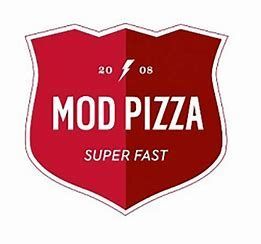 Our investors didn’t appreciate it when we told them our plan to “get more dough” was to start a pizza business
Our investors didn’t appreciate it when we told them our plan to “get more dough” was to start a pizza businessWait… That’s not the kind of Mod we’re talking about today? Uh… hold on a sec…
Mod Pizza
MOD Pizza is a fast casual pizza restaurant chain based in the United States. Founded in Seattle, Washington, in 2008, MOD has more than 400 locations in the United States and United Kingdom. MOD is a company that is claimed by its owners to be "more about the people than the pizza" and to focus on paying living wages and providing employees with opportunities to give back to the community.Game Mods
We’ve been looking at a lot of games (and software) that are entirely focused on letting users create new content, but not every game is like that, of course. Many games are all about playing through a perfectly crafted experience, and thus don’t have room to allow users to create whatever absurd things they can think of. There’s nothing wrong with this approach, but it can lead to players wanting… more.
And thus mods are born.
 As the old saying goes: Lack of Thomas the Tank Engine in Skyrim is the Mother of Invention
As the old saying goes: Lack of Thomas the Tank Engine in Skyrim is the Mother of InventionGame mods are any sort of alteration created by users that change how a game plays. As such, game mods can easily be seen as a variation on the more traditional styles of UGC we’ve been discussing in previous weeks. There are many,
many different kinds of mods out there, and to try and cover them all would be an exercise in futility. Some merely exist to patch bugs or make gameplay fixes that the original developers did not do. Others add new content to preexisting games, from new weapons and items to entire campaigns. Others still simply replace assets in the game with different ones, either to upgrade the graphics of the game piece by piece or to allow for completely absurd scenarios, like the infamous “Really Useful Dragons” mod pictured above. There are even mods that dig into the game’s code to find and restore content that was
removed by the original developers… sometimes for good reason.
 Pic Unrelated
Pic UnrelatedSome companies don’t like it when users mod their games - adding a new overpowered weapon that only you have to an
online multiplayer game, for instance, is generally frowned upon - but many others, such as Valve and Bethesda, embrace the modding community with open arms. Needless to say, this has resulted in mods becoming an indisputable and massively influential part of the gaming community.
For the purposes of this article, we are only going to look at a handful of examples. There is a large number of massively popular games with equally large modding communities - Grand Theft Auto, The Elder Scrolls, Fallout, etc. - and we simply cannot cover them all. Instead, we’ll be focusing most of our energy on games that had mods that themselves have made a large impact on the industry. But enough talk, let’s get to it!
Castle Wolfenstein (1981)
 “This is how a normal person walks, right?” - Castle Wolfenstein’s Cover Artist, presumably
“This is how a normal person walks, right?” - Castle Wolfenstein’s Cover Artist, presumablyTrivia Time: What is generally accepted as the first video game mod ever created? The original game (as you
might have guessed given… ya know… the title of this section) was Castle Wolfenstein, released in 1981, but the first mod created for it wouldn’t come out until two years later in 1983. That’s right, the same year as Pinball Construction Set! Man, 1983 was a big year for UGC of all stripes, wasn’t it?
In any case, back in the early 80s, teenagers Andrew Johnson and Preston Nevins were huge fans of the original Castle Wolfenstein. However, they felt as though the Nazi antagonists weren’t particularly threatening (again: it was the 80s), so they decided to go into the game and replace them with something
much more threatening.
Naturally, they choose Smurfs.
 Rumors that Gargamel was their third programming buddy are unconfirmed
Rumors that Gargamel was their third programming buddy are unconfirmedUsing only a paint program, sector editor, and Muse Software’s “Voice”, Andrew and Preston created Castle Smurfenstein, a full-game conversion of Castle Wolfenstein. All the Nazi guards were replaced with Smurfs, complete with new Smurf audio in place of German. They also created new title and closing screens, and even composed a new opening theme. In doing so, they created what is considered the first game mod, opening the door for all others.
The duo would go on to create another mod in the form of Dino Smurf, a parody of the game Dino Eggs, before college would put an end to their anti-Smurf propaganda days. However, their impact on gaming cannot be overstated, as it is because of them that mods thrive to this very day.
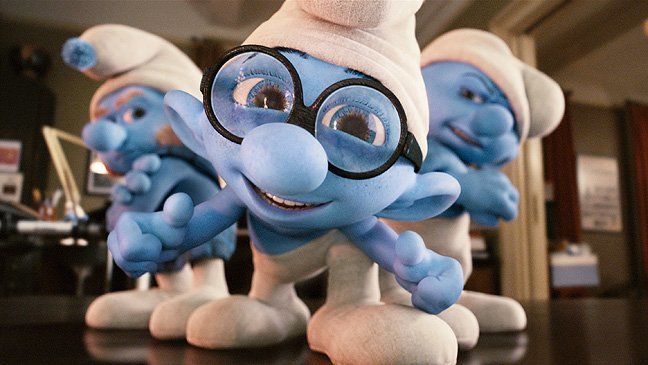 And so do Smurfs. Unfortunately.
And so do Smurfs. Unfortunately.Doom (1993)
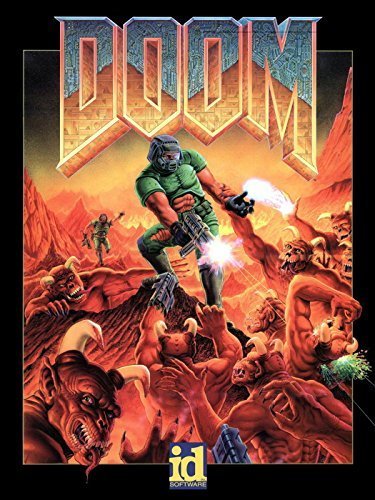 It’s been 26 years, and they still haven’t explained what’s up with that second Space Marine in the background
It’s been 26 years, and they still haven’t explained what’s up with that second Space Marine in the backgroundDoom is a game that needs no introduction - it’s
theclassic first-person shooter that put the genre on the map. It proved the effectiveness of shareware as a marketing tactic. It crashed university servers across the country due to so many college kids wanting to do multiplayer deathmatches. It generated a firestorm of controversy over its violence and satanic imagery (despite the fact that said violence was directed
at said satanic imagery… go figure). But we’re not here to talk about all that; we’re here to talk about the mods.
Doom was created by id Software, and its founders, Tom Hall and John Carmack, recalled how their previous title, Wolfenstein 3D, received a good number of mods from fans (no word on how much Smurf killing was involved this time). Thus, they decided to go out of their way and make sure that Doom would be simple for anyone to go in and mod. All of Doom’s assets, such as maps, sprites, textures, and so forth, were stored in a file completely separate from the game’s engine. This made it a simple affair for novice coders to go in and create their own levels without having to mess with the game’s code directly. By 1994, they would release more user-friendly tools to make modding their game even easier.
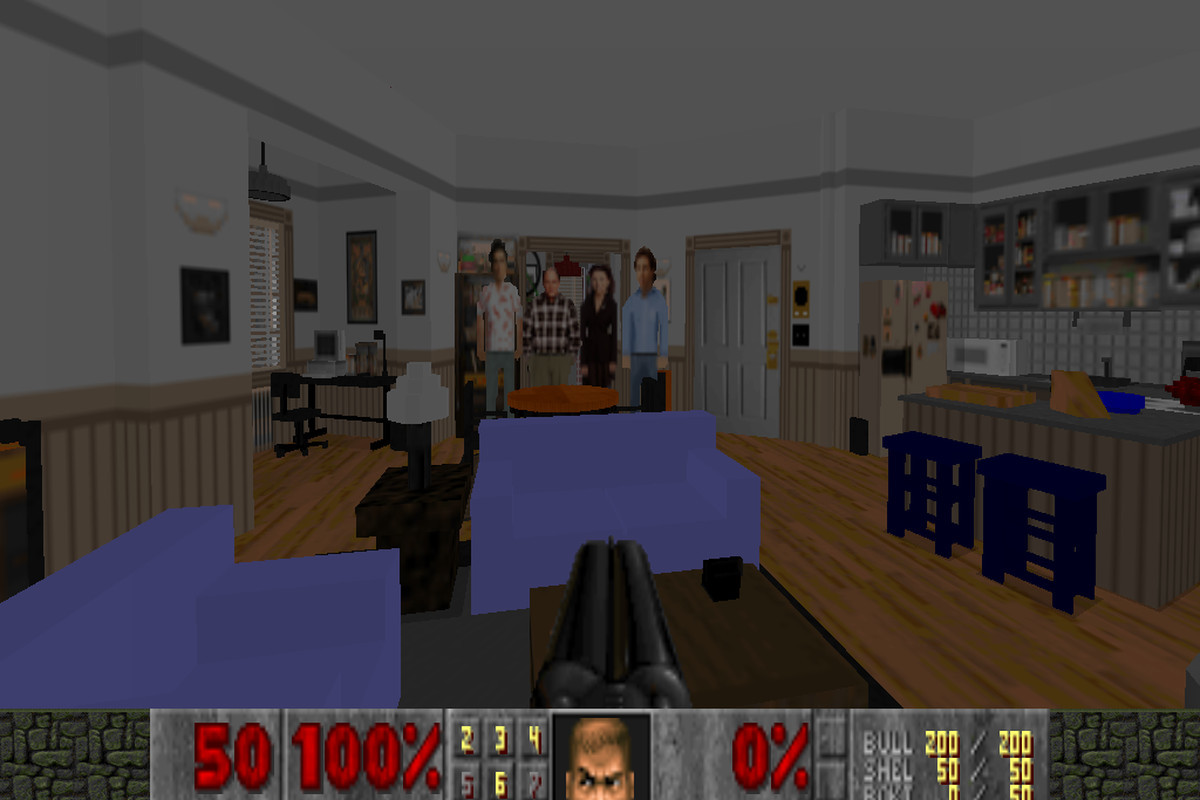 Besides custom levels, swapping out art assets was another popular mod choice, facilitating some… pretty surreal crossovers
Besides custom levels, swapping out art assets was another popular mod choice, facilitating some… pretty surreal crossoversDoom would mark the first time that the developer of a game would offer so much support for its own modding community, rather than simply leaving them to their own devices. This resulted in the game reaching even further heights in popularity, and the concept of game mods breaking fully into the public conscious of the gaming community. Many a game developer’s career would begin by making Doom mods, including id Software’s very own Tim Willits. If Castle Wolfenstein was the first game to feature mods, Doom was the game that made sure they were here to stay.
The Doom modding community is still alive and well, by the way - not just for later games in the franchise, but for the 1993 classic as well. As recently as last year, one of the original designers on the game, John Romero, released a large level pack for the original game in celebration of its 25th anniversary. This game, it seems, is as unstoppable as Doomguy himself.
Half-Life (1998)
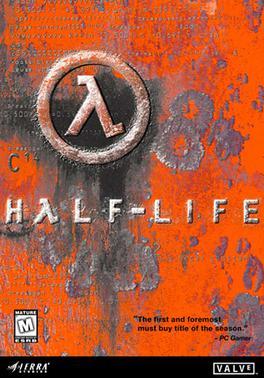 We won’t make the easy joke here because 1) It’s not funny, 2) It’s not original, and 3) …
We won’t make the easy joke here because 1) It’s not funny, 2) It’s not original, and 3) …It may have been id Software that was the first to establish a relationship between a developer and the fans who mod their games, but Valve was the one who proved just how successful such a relationship could be. When Half-Life came out in 1998, Valve made the software development kit for the game’s engine, GoldSrc, available for users to mess around in. A year later in 1999, college student Minh Le, with help from his friend Jess Cliffe, released a mod for the game called Counter-Strike. While Half-Life was a single-player experience, Counter-Strike was a team-based multiplayer game where you played as either a terrorist or counter-terrorist while trying to complete various objectives.
 Ah, 1999... The Glory Days of the “Real is Brown” mentality in video game graphics
Ah, 1999... The Glory Days of the “Real is Brown” mentality in video game graphicsBy 2000, the mod had gotten so popular that Valve came to Minh and Jess with an offer - they wanted to not only buy the rights to Counter-Strike, but hire the duo to continue working on updates for the game. They agreed, and Counter-Strike went from fan mod to commercial release to, eventually, a multi-million dollar franchise that has hundreds of thousands of players to this very day.
Counter-Strike was one of the first games to bridge the fan mod to official release gap, and in doing so proved once and for all that mods weren’t just a hobby or even a “stepping stone” to bigger things, but a genuine means of entering the game industry proper. Valve, for their part, would continue this practice of scouting out modders to hire to turn their creations into commercial products, as we will see in the very next entry…
Warcraft III: Reign of Chaos (2002)
 Wanna make a gamer feel old? Act like you’re surprised that Warcraft was anything other than an MMO.
Wanna make a gamer feel old? Act like you’re surprised that Warcraft was anything other than an MMO.Now, wait a second here: How is Valve associated with Warcraft? That’s a Blizzard game! It says so right there on the box! Well, hunker down, ‘cuz it’s gonna get a little crazy.
Back when Blizzard Entertainment released Warcraft II, they included a free “world editor” in the game that let players create custom scenarios and maps for the game, which could then be shared online (or, if it was a multiplayer set-up, play it with others) via their Battle.net service. Once Warcraft III came out in 2002, it was only natural that they’d bring this feature back and expand on it. Within the year, a guy by the name of Eul (real name: Kyle Sommer), inspired by the custom StarCraft map known as “Aeon of Strife”, would release a brand new scenario called Defense of the Ancients, or DotA.
Yup, that’s right:
the entire Multiplayer Online Battle Arena (MOBA) genre started as a
game mod.
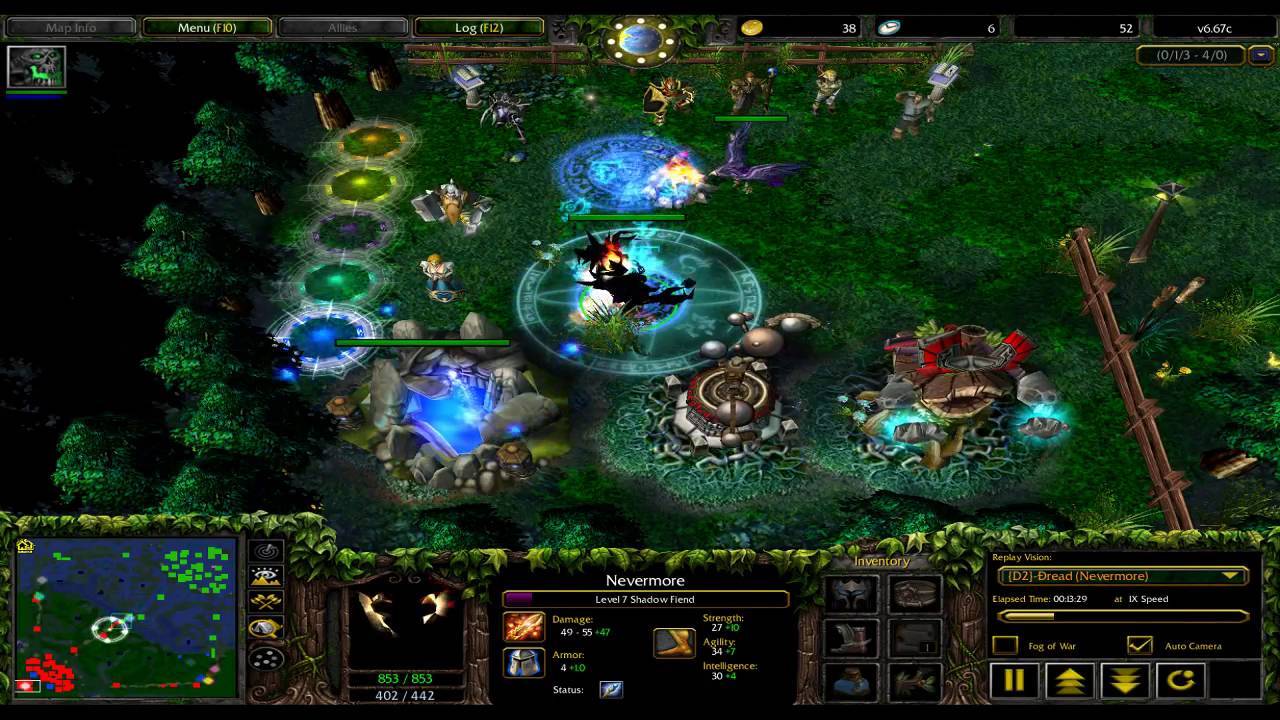 MOBAs: Putting a new twist on the phrase “Stay in your Lane”
MOBAs: Putting a new twist on the phrase “Stay in your Lane”While Eul wouldn’t continue to update DotA after the original release, several other modders would take over, including Steve “Guinsoo” Feak and IceFrog (real name unknown… yes, really). Now, this is when things start getting wild, so try to keep up: Guinsoo would eventually stop working on DotA and join Riot Games, using his knowledge from working on DotA to help create the MOBA mega-hit, League of Legends. Valve, meanwhile, knowing a good idea when they saw one, swooped in and hired IceFrog to make DotA 2 from the ground up for
them as, despite originally being a mod for a Blizzard game, Blizzard did
not ever try to claim a copyright on the name or concept. Not to be outdone, Blizzard would respond to this by creating their own MOBA in the form of Heroes of the Storm. So in summary - The original DotA was a mod of a Blizzard game, one dev on that team would go on to help make LoL with Riot Games, Valve would get the rights to make DotA 2 with the help of another dev from the same team, and Blizzard would make HotS all on their own. Got all that?
 We’ll take your stunned silence as a “Yes”
We’ll take your stunned silence as a “Yes”DotA perhaps represents the peak of what game mods can do. It was a fan-made mod, made possible by the support of devs for their modding communities, that not only went on to become a commercial success, but in the process create an
entire new game genre that would sky-rocket in popularity soon after. If there was ever a question as to whether or not UGC could make a wide-scale impact on the gaming industry, DotA is proof that it absolutely can.
… And if you’re ever getting ticked off over that little brat Teemo ganking you yet again, at least now you know exactly who to blame.
 The face of pure, unadulterated evil
The face of pure, unadulterated evilMinecraft (2009)
 Look who’s back, back again…
Look who’s back, back again…… Hey, we
told you we’d come back around to Minecraft eventually, didn’t we? Just took us like two whole articles to get there.
As we mentioned at the beginning of this article, mods are a
very popular feature for many modern games, bolstered no doubt by success stories like those in the previous entries in this article. There’s no way we could possibly cover
all of them here, so we figured that singling out one to highlight would suffice. Thus, it’s time to bring back Minecraft!
Modding in Minecraft is almost as old as Minecraft itself, and is indeed one of the major factors in the game’s astronomical success. Mods took off so fast because the original version of Minecraft was programmed using Java, a coding language that’s very easy to pick apart and edit. In fact, even though a new version of Minecraft that is coded in C++ rather than Java was later released by Mojang, they are still keeping the Java version up-to-date alongside the C++ version,
specifically because they didn’t want to abandon all the modders who had done their projects in Java. And yes, there have been a number of Minecraft modders who have since been hired by Mojang to work on the game proper as well. Talk about a strong relationship between the developers and the modders, huh?
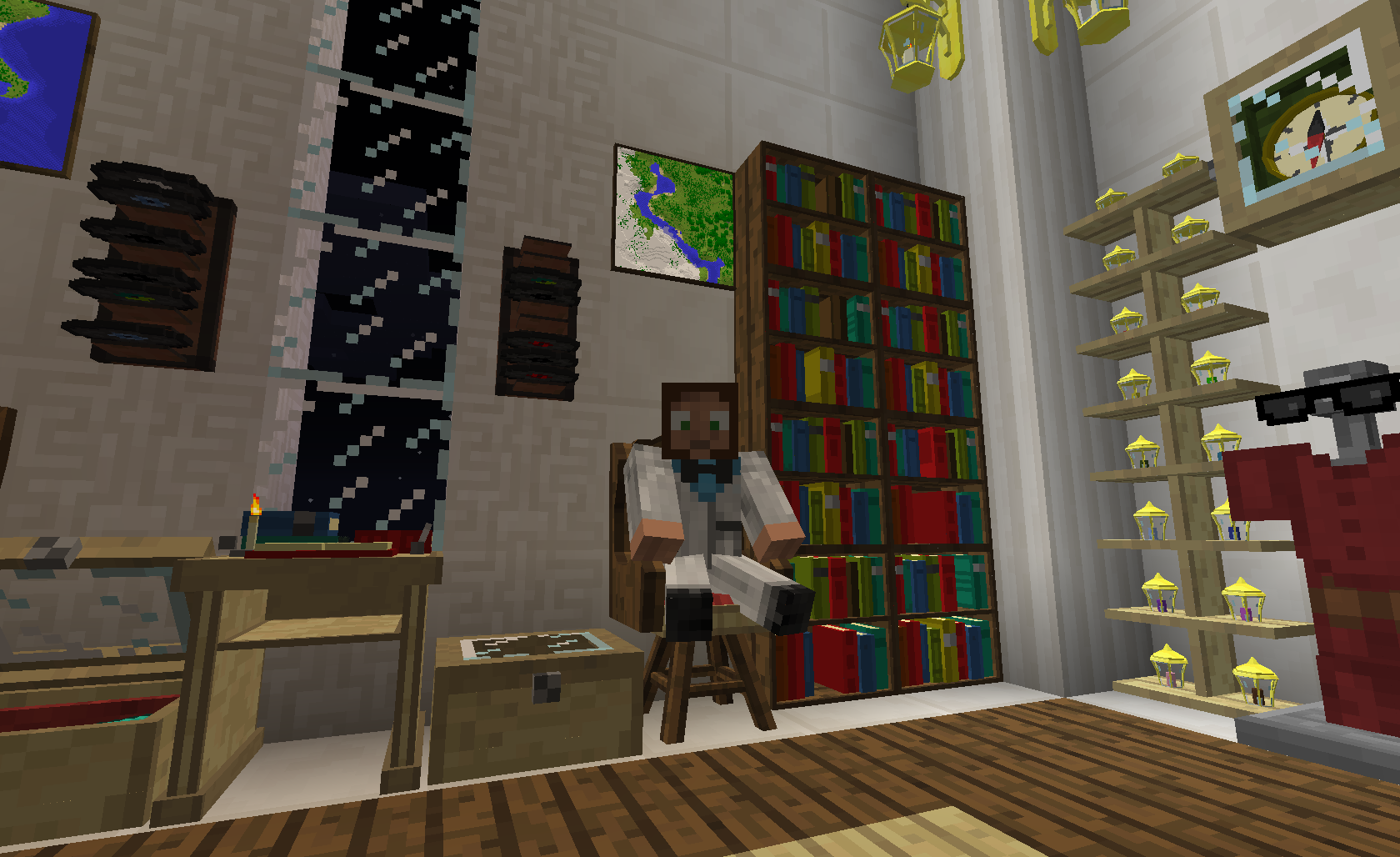 Bibliocraft is just one of the many, many mods that adds new items for you to build… And is also one of the many, many mods whose name is just [Something]craft. Hey, no one said modders had to be good with titles.
Bibliocraft is just one of the many, many mods that adds new items for you to build… And is also one of the many, many mods whose name is just [Something]craft. Hey, no one said modders had to be good with titles.Of course, it’s easy to see why Mojang would want to keep the modders happy, as some of the things they’ve created are insanely impressive. Many mods have added features that would go on to be included in official updates due to their popularity - the Mo’ Creatures mod, for instance, had horses long before they were put in the game proper. Others focus on optimization, UI improvements, or plain making the game prettier. Additionally, since you can host servers in Minecraft that others can join, you and your online buddies can even experience the changes these mods offer together! It was this kind of multiplayer-focused modding that lead to the creation of MinecraftEdu, which some of us here at E-Line had a hand in developing with Mojang’s full support.
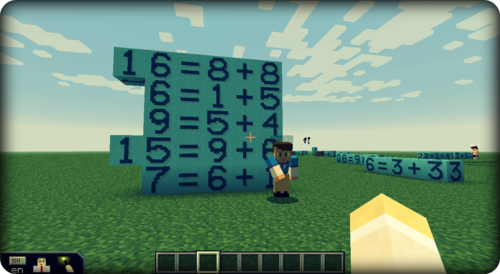 A Creeper blew up my--- Wait, we used that joke last time, never mind
A Creeper blew up my--- Wait, we used that joke last time, never mindHowever, as much as we’d like to toot our own horn when it comes to multiplayer Minecraft mods, our work isn’t the biggest success story in that regard. That honor would have to go to the Survival Games mod first released in 2012, just three years after Minecraft’s initial release. Inspired by the Hunger Games novels and film adaptations, this mod turns a Minecraft server into a brutal free-for-all where dozens of players must search for resources and battle each other to be the last blocky person standing. The map starts out huge but, as time goes on, it gets smaller and smaller to force confrontations between players. Sound familiar?
 … Well, okay, yes, but if you’re citing THIS, you’re an even bigger nerd than we thought
… Well, okay, yes, but if you’re citing THIS, you’re an even bigger nerd than we thoughtYup. Much like DotA before it, the Survival Games mod in Minecraft would go on to inspire an
entire game genre, in this case Battle Royale. Before Fortnite, before PlayerUnknown’s Battlegrounds, there was this humble Minecraft mod.
Minecraft is perhaps the ultimate summation of all mod-heavy games that came before it. It is a game that thrived as much as it did because of its mod support. The company behind it recognized this, and fostered a healthy relationship with their modding community. And ultimately, the work of these modders would wind up making a huge impact on the gaming industry as a whole. All of this, and even at ten years old, there are no signs of Minecraft slowing down. Who knows what these modders will do next? Guess we’ll just have to wait and see.
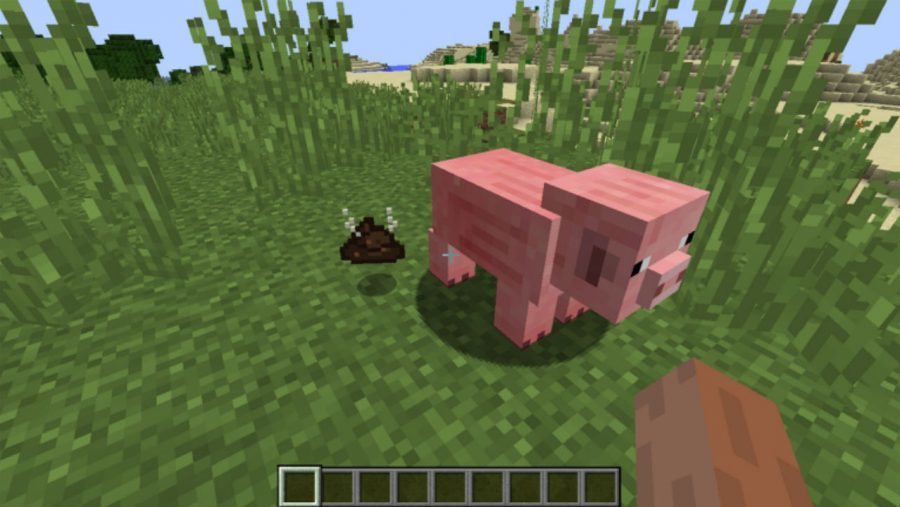 Until then, there’s always the pig poop mod
Until then, there’s always the pig poop modIn Conclusion…
Mods may not be a fully-intended feature of all games, but they nonetheless provide an opportunity for some truly unique cases of UGC. They have opened the door for people looking to get into the game industry in a multitude of ways, and in the greatest cases have made an impact on the industry itself. Those of us working on The Endless Mission are well aware of just how powerful and transformative mods can be, and you can rest assured that the game will cater to that in many, many ways. As for next week, we’ll be going through “the rest of the best” when it comes to games with UGC - games that provided plenty of opportunities for users to create even when it wasn’t the focus. See you then!
CONTINUE TO PART SIXhttps://store.steampowered.com/app/827880/The_Endless_Mission/
Image Sources:
Mod Pizza, Eurogamer, bhatpsych.com, wikipedia.org, uic.edu, hollywoodreporter.com, id software, polygon.com, techspot.com, youtube.com/ggwp, spauldinggrp.com, mobafire.com, microsoft.com, bibliocraftmod.com, jasonwilmot.com, pcgamesn.com


 Pictured: Our Marketing Team, excited that we’re finally talking about OUR game for a change
Pictured: Our Marketing Team, excited that we’re finally talking about OUR game for a change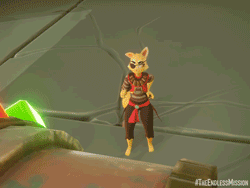 The only appropriate reaction to realizing you’ll have to use math
The only appropriate reaction to realizing you’ll have to use math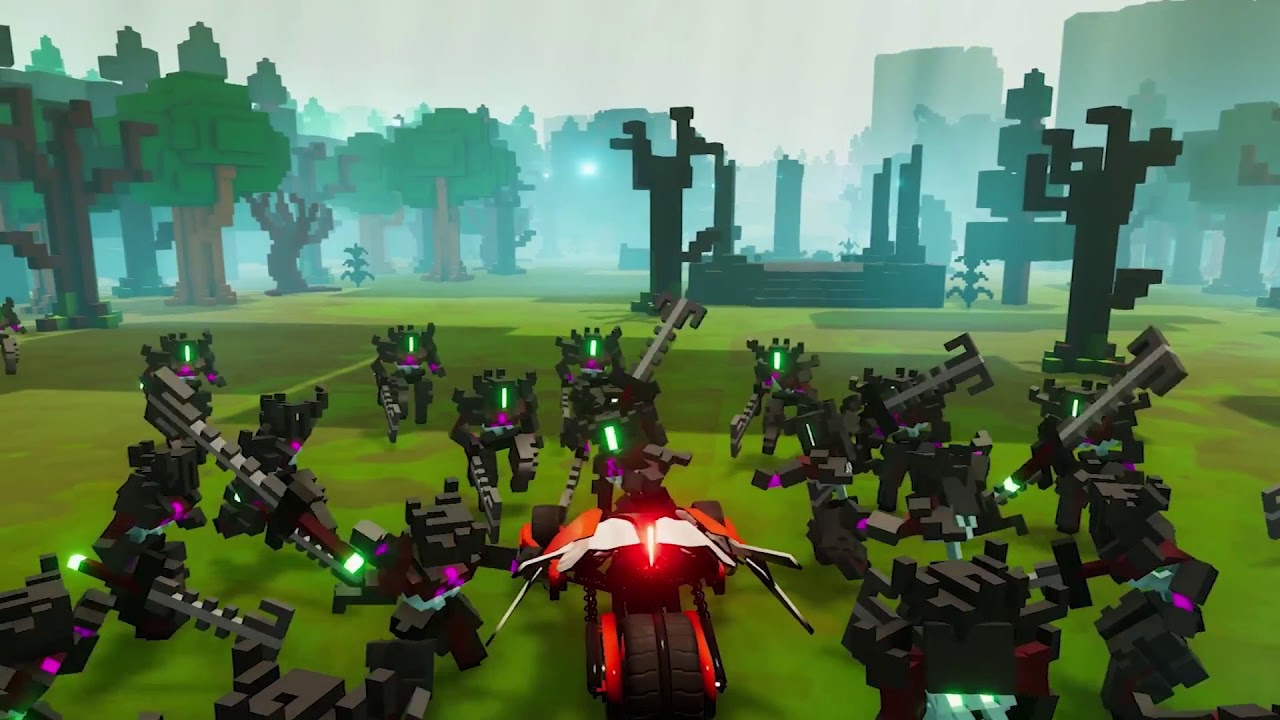 Today, you’re putting a fully-controllable race car in an otherwise-standard RTS just for a laugh. Tomorrow, you’ll be making a car-based RTS from scratch because that joke ended up being actually fun. That’s the power of The Endless Mission (and cars).
Today, you’re putting a fully-controllable race car in an otherwise-standard RTS just for a laugh. Tomorrow, you’ll be making a car-based RTS from scratch because that joke ended up being actually fun. That’s the power of The Endless Mission (and cars). The pineapple symbolizes a new UGC Tool. Captain Blackclaw symbolizes the huge leap that’s required whenever you want to learn a new tool. Our High School Lit teachers would be proud.
The pineapple symbolizes a new UGC Tool. Captain Blackclaw symbolizes the huge leap that’s required whenever you want to learn a new tool. Our High School Lit teachers would be proud. If The Endless Mission’s editor looks familiar to you, congratulations! That was totally the point.
If The Endless Mission’s editor looks familiar to you, congratulations! That was totally the point. What will you make in our game? The possibilities are simply... endless (... yes, we’ve been sitting on that pun until just the right moment)
What will you make in our game? The possibilities are simply... endless (... yes, we’ve been sitting on that pun until just the right moment)
 We haven’t been this upset since paying full price for a game right before the Steam Summer Sale
We haven’t been this upset since paying full price for a game right before the Steam Summer Sale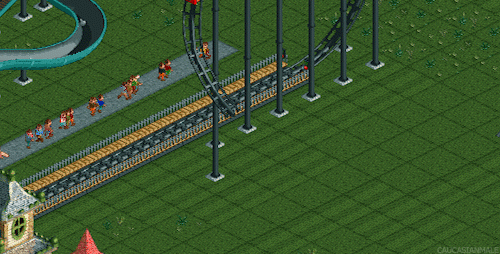 Though maybe it should
Though maybe it should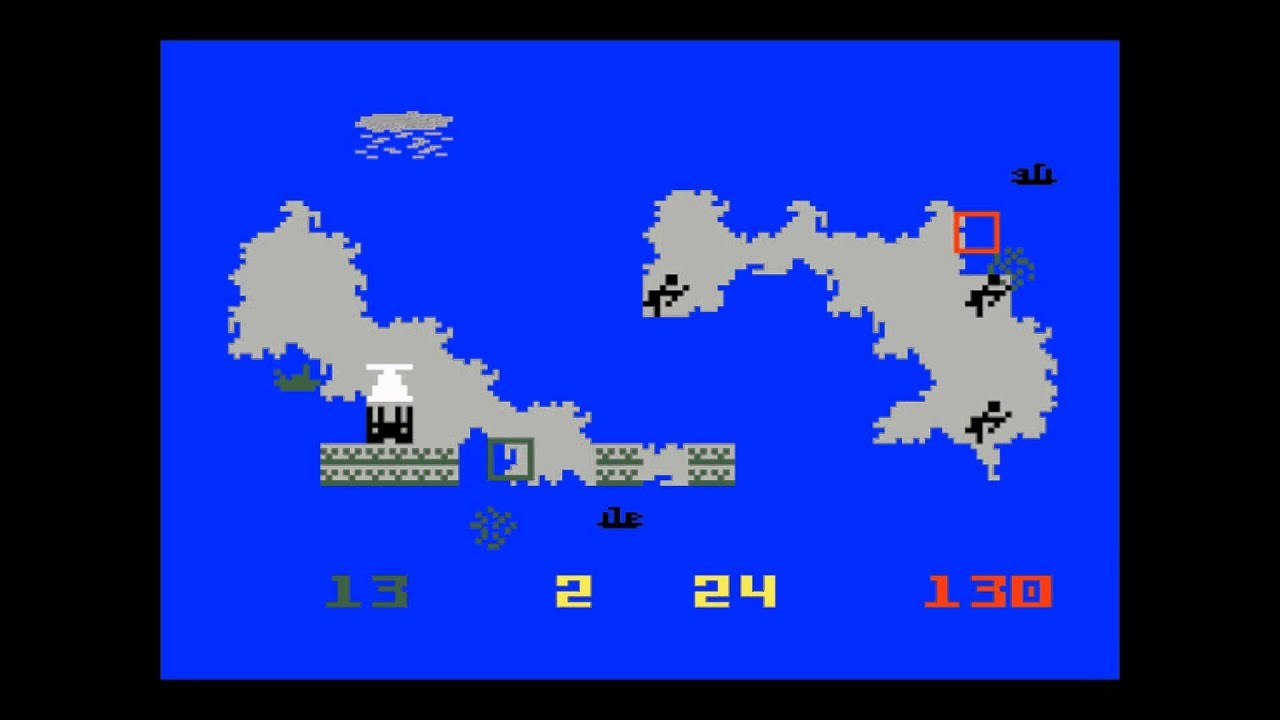 What do you do when you literally run out of room on the cartridge before implementing any sort of opponent AI? Just claim the game is multiplayer-only! Yes, really.
What do you do when you literally run out of room on the cartridge before implementing any sort of opponent AI? Just claim the game is multiplayer-only! Yes, really. Plumber, Doctor, Demolitionist… That deadbeat Mario can’t hold down a job for more than five minutes, can he?
Plumber, Doctor, Demolitionist… That deadbeat Mario can’t hold down a job for more than five minutes, can he?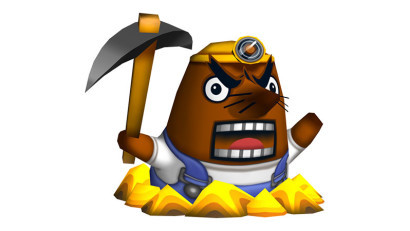 We were going to write a hilarious, in-character rant for Mr. Resetti that would be longer than the rest of this article, but then we remembered we aren’t paid by the word for this
We were going to write a hilarious, in-character rant for Mr. Resetti that would be longer than the rest of this article, but then we remembered we aren’t paid by the word for this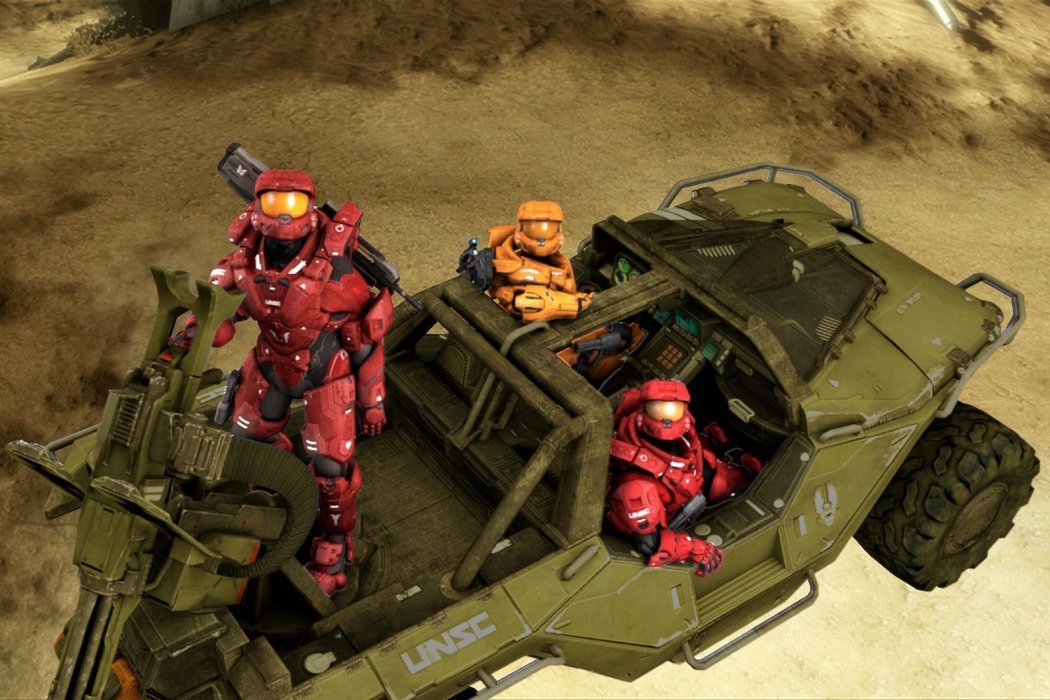 The office is still taking bets on which will end first: the Halo franchise or Red vs. Blue
The office is still taking bets on which will end first: the Halo franchise or Red vs. Blue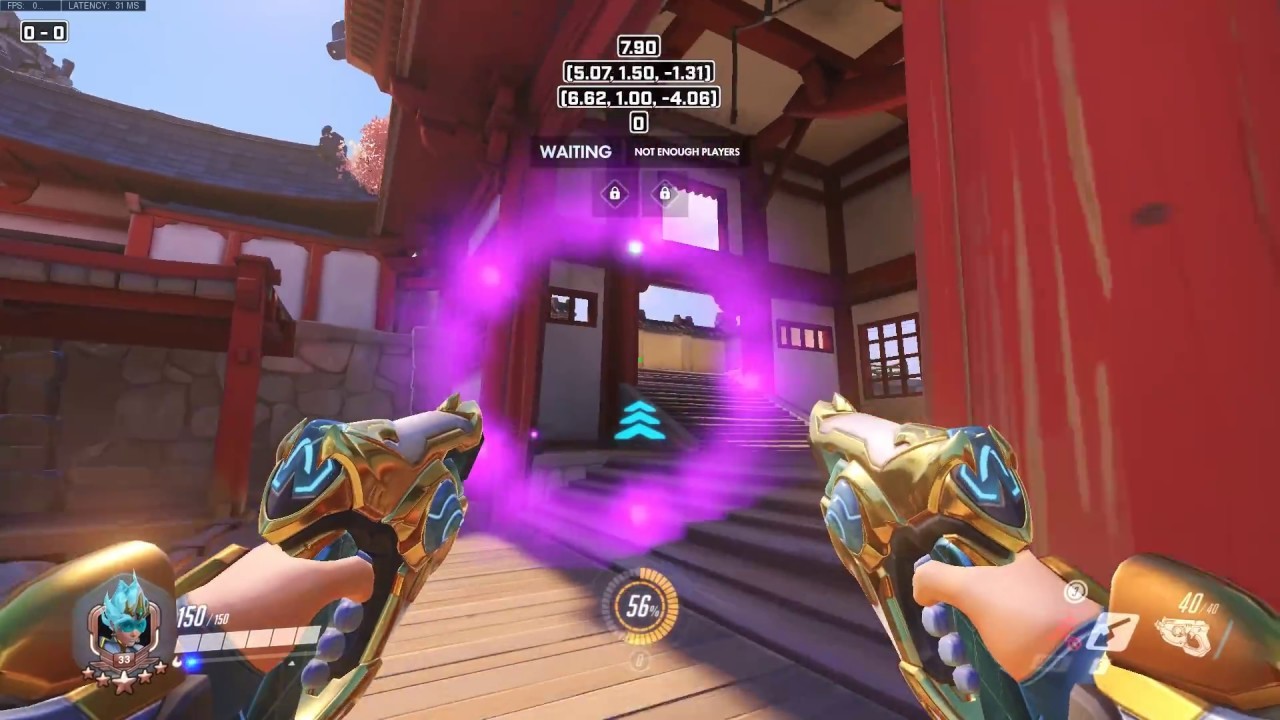 And then someone found a way to recreate Portal in it, because of course they did
And then someone found a way to recreate Portal in it, because of course they did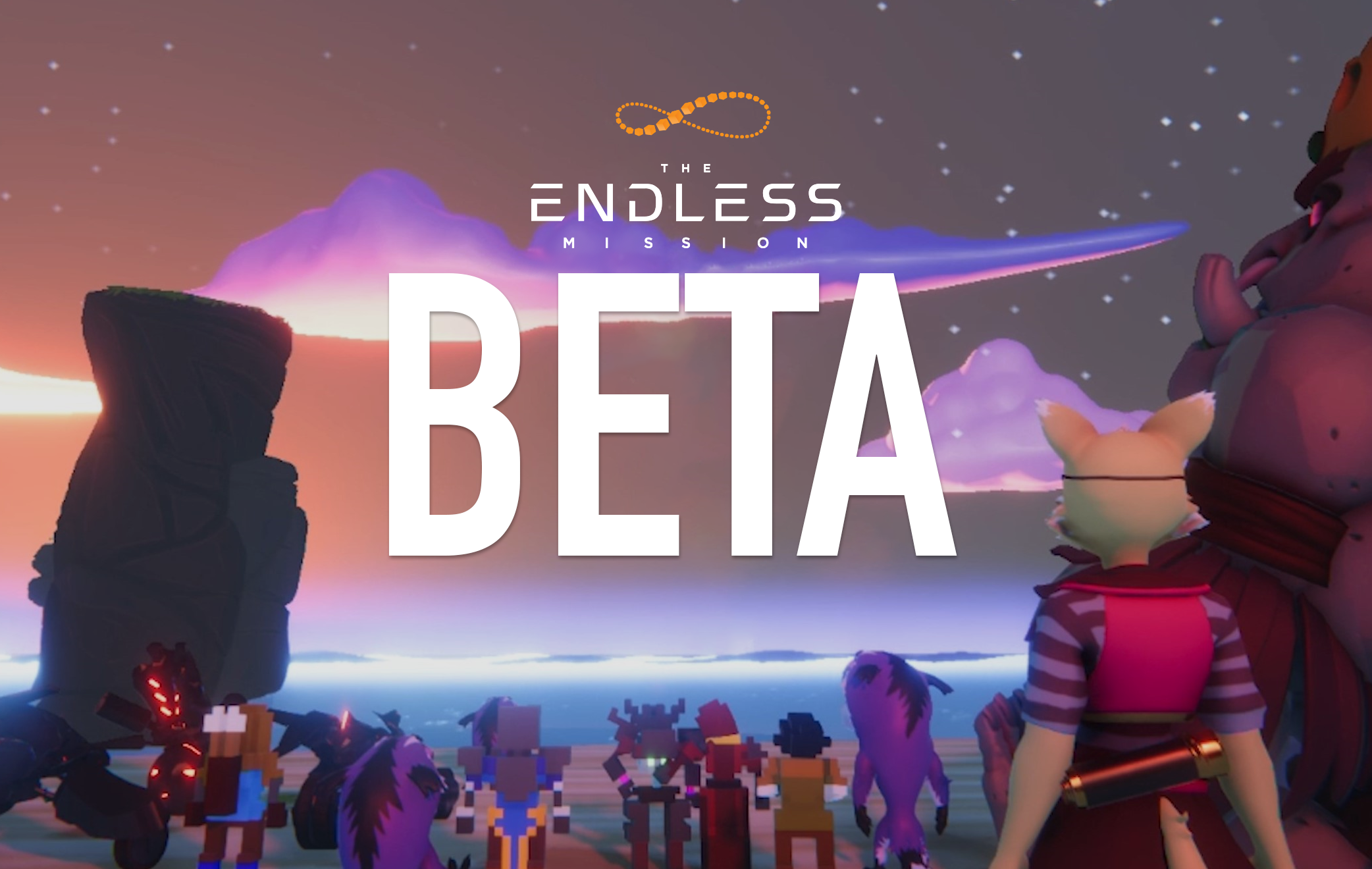

 Our investors didn’t appreciate it when we told them our plan to “get more dough” was to start a pizza business
Our investors didn’t appreciate it when we told them our plan to “get more dough” was to start a pizza business As the old saying goes: Lack of Thomas the Tank Engine in Skyrim is the Mother of Invention
As the old saying goes: Lack of Thomas the Tank Engine in Skyrim is the Mother of Invention Pic Unrelated
Pic Unrelated “This is how a normal person walks, right?” - Castle Wolfenstein’s Cover Artist, presumably
“This is how a normal person walks, right?” - Castle Wolfenstein’s Cover Artist, presumably Rumors that Gargamel was their third programming buddy are unconfirmed
Rumors that Gargamel was their third programming buddy are unconfirmed And so do Smurfs. Unfortunately.
And so do Smurfs. Unfortunately. It’s been 26 years, and they still haven’t explained what’s up with that second Space Marine in the background
It’s been 26 years, and they still haven’t explained what’s up with that second Space Marine in the background Besides custom levels, swapping out art assets was another popular mod choice, facilitating some… pretty surreal crossovers
Besides custom levels, swapping out art assets was another popular mod choice, facilitating some… pretty surreal crossovers We won’t make the easy joke here because 1) It’s not funny, 2) It’s not original, and 3) …
We won’t make the easy joke here because 1) It’s not funny, 2) It’s not original, and 3) … Ah, 1999... The Glory Days of the “Real is Brown” mentality in video game graphics
Ah, 1999... The Glory Days of the “Real is Brown” mentality in video game graphics Wanna make a gamer feel old? Act like you’re surprised that Warcraft was anything other than an MMO.
Wanna make a gamer feel old? Act like you’re surprised that Warcraft was anything other than an MMO. MOBAs: Putting a new twist on the phrase “Stay in your Lane”
MOBAs: Putting a new twist on the phrase “Stay in your Lane” We’ll take your stunned silence as a “Yes”
We’ll take your stunned silence as a “Yes” The face of pure, unadulterated evil
The face of pure, unadulterated evil Look who’s back, back again…
Look who’s back, back again… Bibliocraft is just one of the many, many mods that adds new items for you to build… And is also one of the many, many mods whose name is just [Something]craft. Hey, no one said modders had to be good with titles.
Bibliocraft is just one of the many, many mods that adds new items for you to build… And is also one of the many, many mods whose name is just [Something]craft. Hey, no one said modders had to be good with titles. A Creeper blew up my--- Wait, we used that joke last time, never mind
A Creeper blew up my--- Wait, we used that joke last time, never mind … Well, okay, yes, but if you’re citing THIS, you’re an even bigger nerd than we thought
… Well, okay, yes, but if you’re citing THIS, you’re an even bigger nerd than we thought Until then, there’s always the pig poop mod
Until then, there’s always the pig poop mod